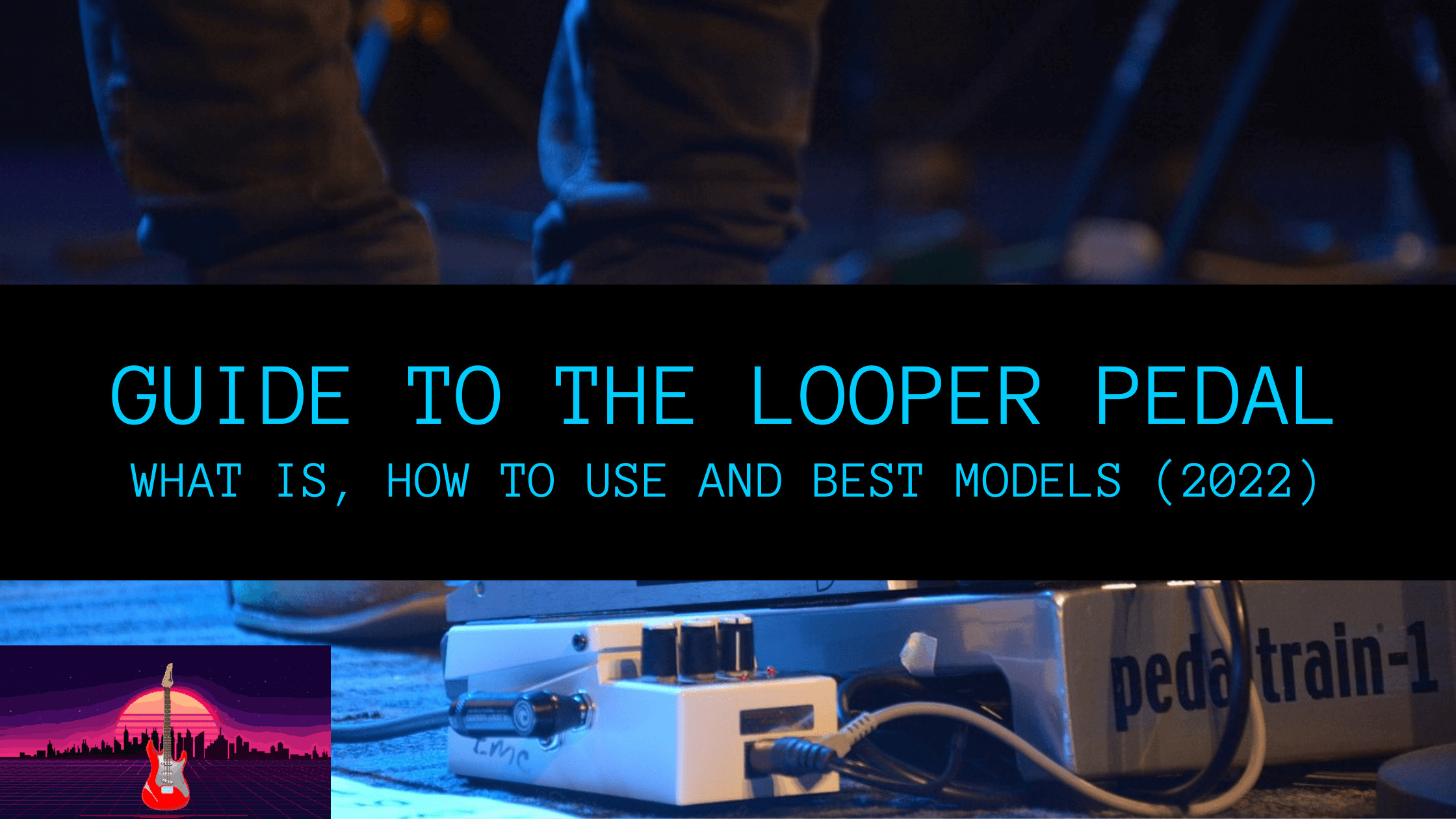Have you ever heard a guitarist playing alone but sounding like a whole band or a bunch of guitarists all into one single person?
If you’ve already been in this situation you probably (well, in th majority of cases) heard a guitarist using a looper pedal (also called loop pedals or loop stations), that can give to the player the ability to play and jam along together with several layers of sounds, all of them made by the same person.
But how does those pedal work?
Indice dei contenuti
HOW DO LOOPER PEDALS WORK?
They work as some mini and accessible recording devices that you can control easily: usually they record your playing when you press the footswitch, memorizing them in the pedal’s memory, and then, when you release the foot from the switch, they play all the things that they had previously recorded, letting you play with at least another instrumental layer.
The more advanced ones, though, will let you record more layers and will be able to play all of them together, as well as adding some more lenght in the maximum recording of the device, make it possible to plug your microphone and looping your voice, adding a drum pattern with an integrated drum machine or even edit the registration, speeding it up or reversing it for a unique sound.
WHAT ARE THE BENEFITS?
The main advantages of using one of those can be summarised in:
- Improving the rhythmic part of a song: you can more percussive sounds made on your guitar as well as other played parts that will act as a rhytmic guitar/ background for your lead playing;
- Creating samples and backing tracks: with these you can easily create a whole arrangement and play all by yourself;
- Getting unique sounds: you can experiment with layers, overdubs and editing the recorded sounds in order to get some particular sounds that can give a completely different feel to your own playing;
- Experimenting: you can improvise on your own backing tracks, trying solos and riffs with the sample that you made previously, helping you to get better in composition as well.
COMMON FEATURES AND KNOBS
This kind of guitar effects, when we consider the core features alone (without the lots of customisations that you can find), can be simplified in a simple button (in order to start and stop the registration of our sound layer) and its behaviour is usually influenced by a few factors, that will help you in choosing your own best fit for the pedalboard:
- How much time they can record;
- The type of INPUT jack (they can be Mono or also Stereo, as some models can be used also for the keyboards);
- Effect loop: most have one single loop channel – that let you manage more overdubs and a good variety of edit, in most cases – while others have several loop channels that can be used and switched on/off independently;
- How much overdub it can handle;
- can they store the recording? Some pedals can let you save your loop in an integrated SD card or memory support and let you access them in your next playing session;
- MIDI sync: some models can let you connect the loop station with MIDI-controllers and devices, such as drum machines
PLACEMENT IN THE PEDALBOARD
This pedal will record and then play the exact sound going into the input of the pedal: that means that, if you place it in between your pedalboard, you will hear the recorded sound with the effects before the loop pedal but the sample won’t have the effects after, because they are not actually going into the looper.
For this reason, you can experiment with placement (as there’s not a golden rule, and despite some other pedals it won’t give you feedback/background noises problems anyway) and try and experiment placing it before/after modulations and other time-based effects, for example.
WHAT IS THE BEST LOOPER PEDAL?
As always, the best depends on your needs, and for this reason you’ll find a list with different categories of loopers below, where you can look into different models, budgets and types.
THE BEST OF (LOOPER PEDAL LISTS)
LOOPER PEDALS REVIEWS
- (coming soon)


